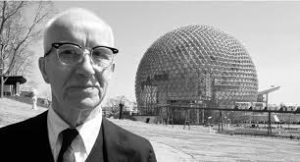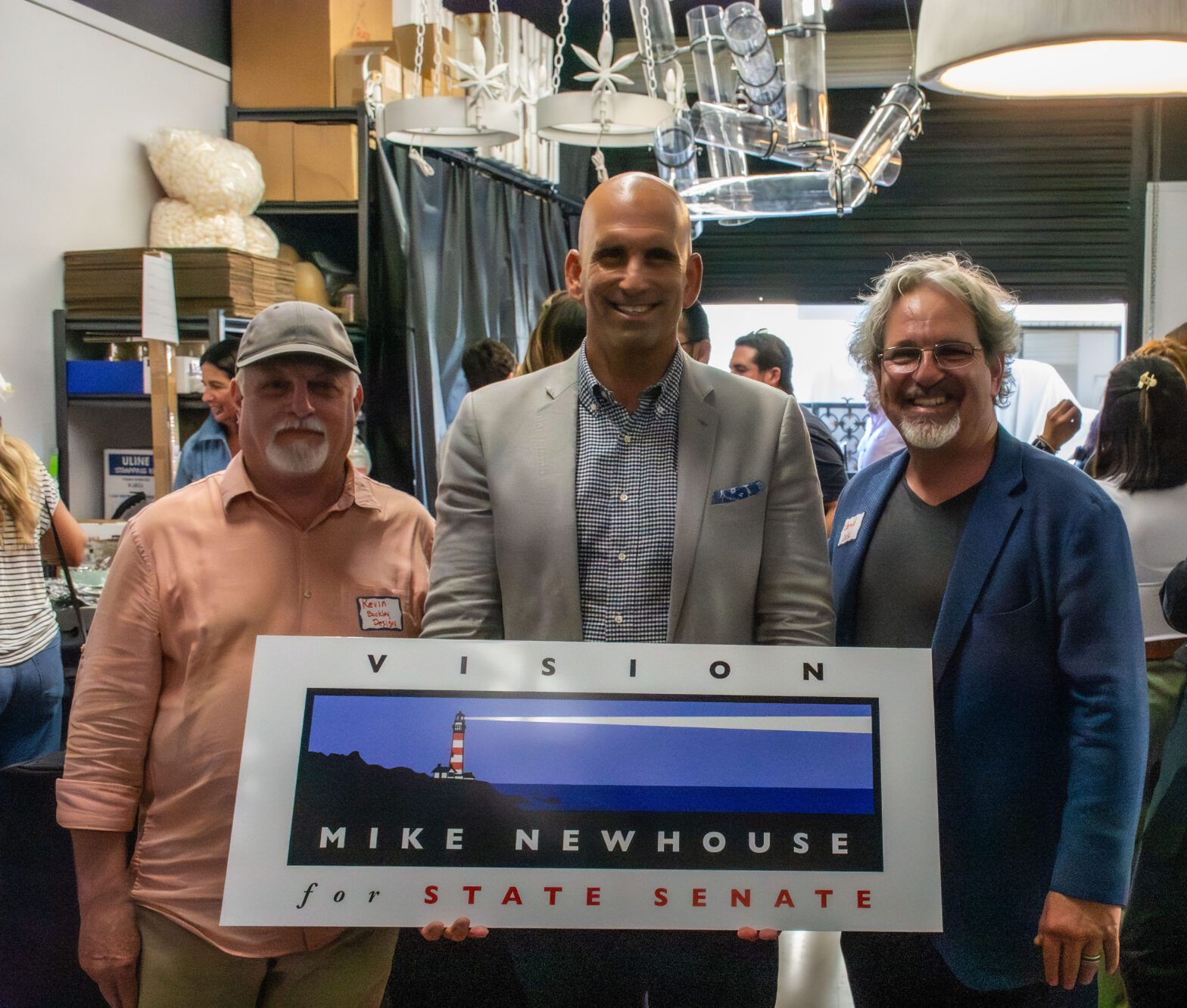
“Seeing architecture differently from the way you see the rest of life is a bit weird. I believe one should be consistent in all that one does, from the books you read to the way you bring up your children. Everything you do is connected. “
~David Chipperfield
The Apollo 11 lands on the moon. The LGBT community celebrates the first Gay Liberation Day. Hippies celebrate the culture of peace and love across the country and demonstrate against an unpopular war. The civil rights movement reaches a crescendo. A great president and a powerful civil rights leader are senselessly slain.
These are just some of the monumental events of the 1960s and 1970s that will forever shape the way we look at the radical culture of the time. Those cultural events influenced every part of American life and we have felt their impact up through current times. One of the most significant areas of culture impacted by the 1960s and 1970s was in radical architecture.
One of the most celebrated minds of the radical architecture period was architect and scientist Buckminster Fuller. He was an American engineer, architect, and futurist who developed the geodesic dome—the only large dome that can be set directly on the ground as a complete structure and the only practical kind of building that has no limiting dimensions. Given the complicated geometry of the geodesic dome, dome builders rely on tables of strut lengths, or chord factors. Tables of chord factors, the essential design information for spherical systems, were for many years guarded like military secrets.

Other notable inventions and developments by Fuller included a system of cartography that presents all the land areas of the world without significant distortion; die-stamped prefabricated bathrooms; tetrahedronal floating cities; underwater geodesic-domed farms; and expendable paper domes. Fuller did not regard himself as an inventor or an creature of radical architecture. All of his developments, in his view, were accidental or interim incidents in a strategy that aimed at a radical solution of world problems by finding the means to do more with less.













